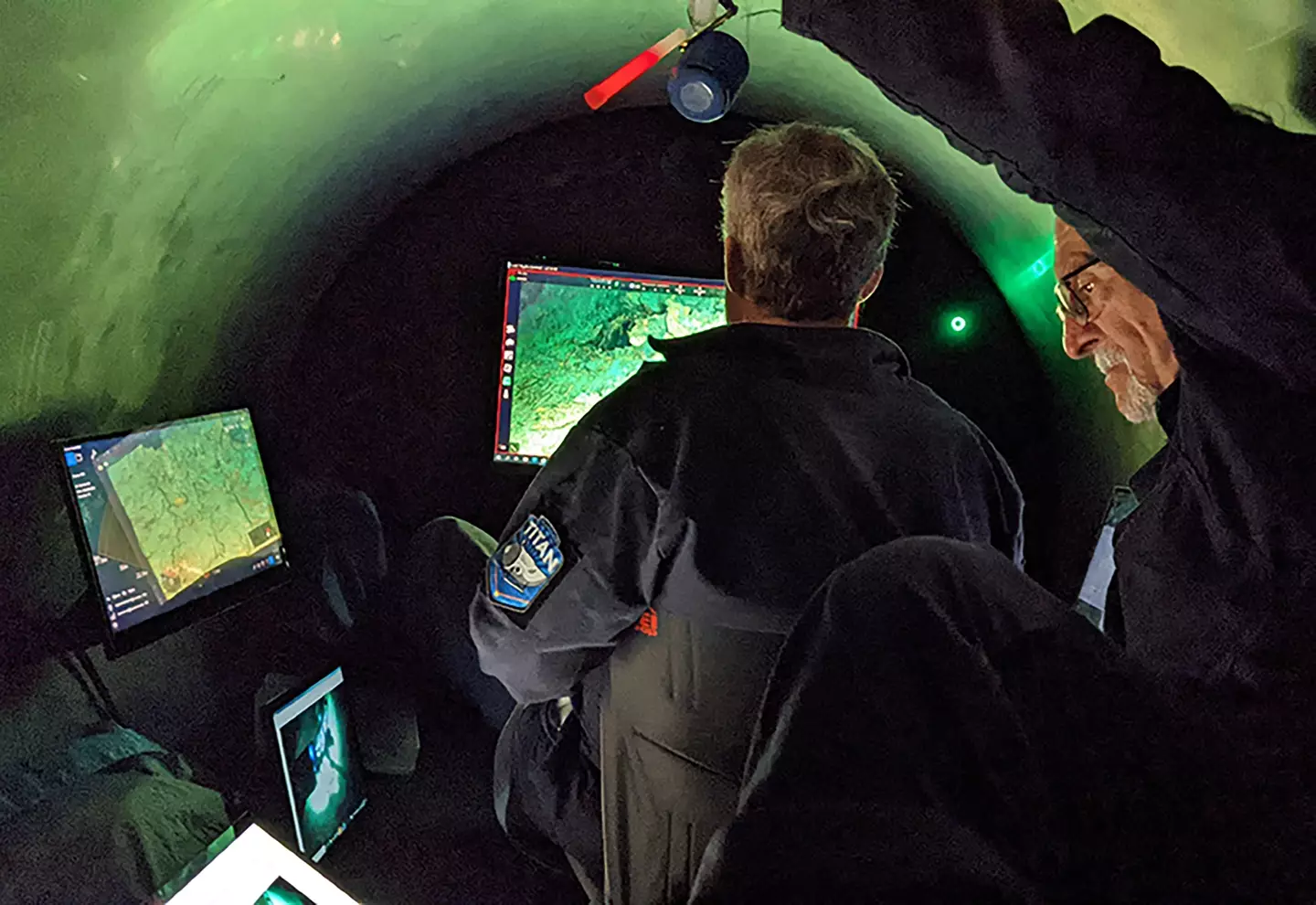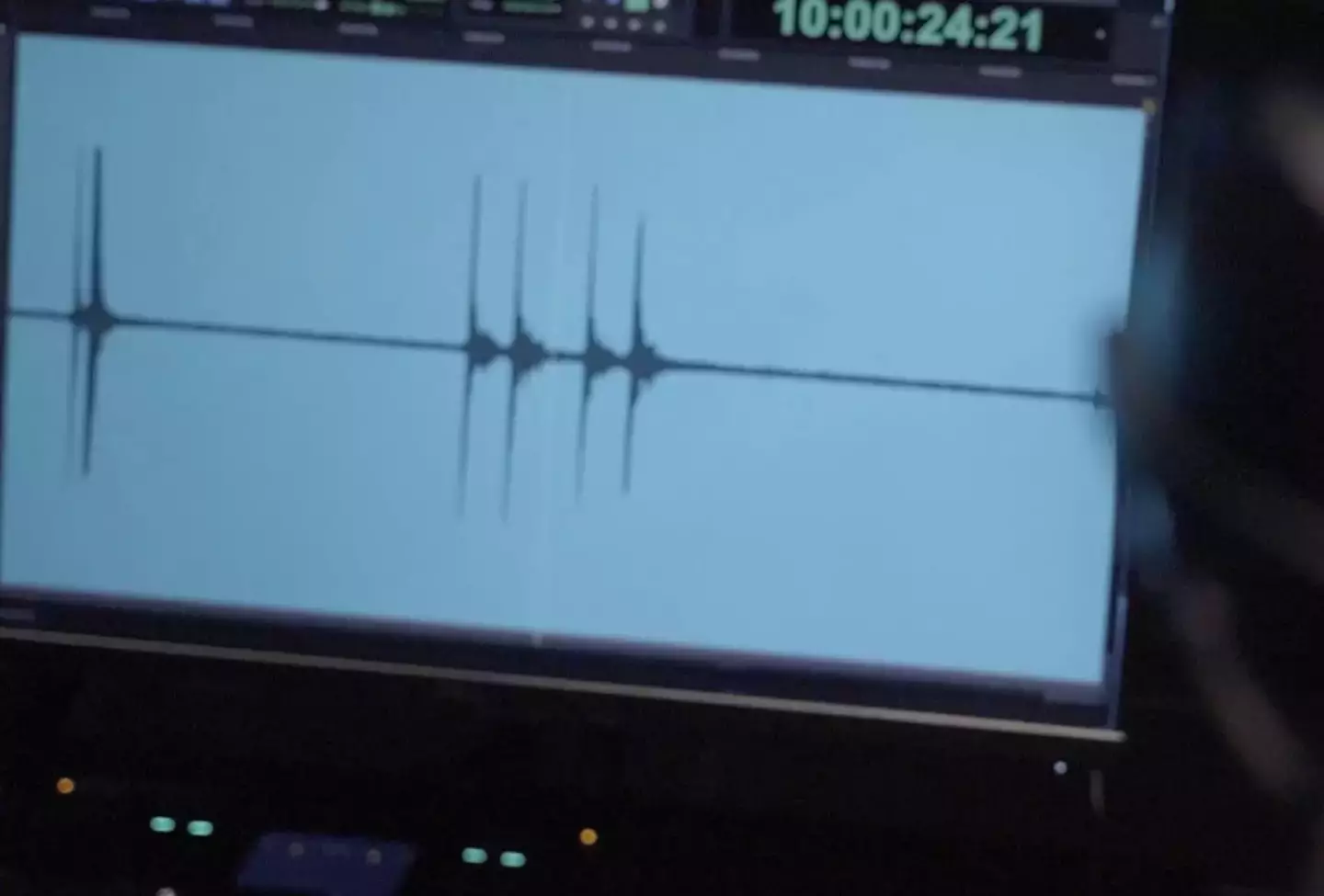
Researchers at the University of Houston believe they have a major update on the cause of the catastrophic implosion of the Titan sub, which occurred almost a year ago.
On 18 June last year a submersible with five people on board which was diving down to the wreck of the Titanic imploded, resulting in the deaths of all on board.
Hamish Harding, Paul-Henri Nargeolet, Shahzada Dawood, Suleman Dawood, and OceanGate CEO Stockton Rush were those who died on board the Titan.
Advert
The sub's destruction kicked off a massive search and rescue operation as there was some hope that they might simply have been unable to surface.
Some of these hopes were fuelled by a rhythmic banging, which appeared to be coming every 30 minutes and led some to believe those on board the Titan were still alive.
They weren't, and as experts stressed that they didn't know what the banging noises were a conclusion was later reached that the sub had imploded on the same day it went missing.

Dik Barton, the first Brit to dive down to the Titanic wreckage, told LADbible the sound was 'very clearly a mechanical noise' which had 'no urgency or stress to it', and that if it had been the sub's occupants they would have likely sent an SOS signal instead.
Advert
Debris from the vessel was found just hours after the sub's occupants would have run out of air if the implosion had not occurred.
As for why the sub imploded, researchers from the University of Houston studied vessels of similar shape and material to the Titan and carried out a series of simulations, offering a major update on what could have happened.
Imperfections in the sub's cylindrical shape may have contributed, as the experts said that the Titan sub's carbon fiber hull could have become increasingly damaged due to stress with subsequent trips down to the wreck of the Titanic.
If this happened to the Titan it could have meant that over time the sub's shell could not withstand as much pressure until the point it collapsed in a process known as 'micro buckling'.

Concern had been expressed about the safety of the Titan on multiple occasions before the disaster.
Advert
Roberto Ballarini, one of the authors of the study and department chair of Civil and Environmental Engineering at the University of Houston, explained to the New York Post: "Buckling in the simplest explanation: you take a long spaghetti and you push on it with two fingers. What’s going to happen? It’s going to buckle essentially, it’s going to snap.
"That’s what buckling is. It’s when you compress something and it deforms by a significant amount because it’s an instability."
Their research into how thin structures can buckle and break as a result of tiny imperfections might shed some light on how the Titan met its end.

A timeline of the Titan submersible disaster:
The Titan loses contact with support vessel:
The Polar Prince loses contact with the Titan around one hour and 45 minutes into its descent on 18 June. A few hours after the submersible was supposed to resurface, the US Coast Guard received a report of an overdue submersible.
Search operation is launched
The US Coast Guard launch a large-scale operation on 19 June 2023, when the vessel fails to resurface or make contact almost 24 hours on.
'Banging noises' are detected
Two days on from the Titan's disappearance on 21 June 2023, it's reported that sonar crews taking part in the search pick up 'banging noises', giving false hope that the passengers are still alive.
The Titan's oxygen supply 'runs out'
At 1pm E.T on 22 June 2023, the submersible's 96-hour oxygen supply is predicted to have ran out, cementing fears for the crew onboard.
A 'debris field' is discovered, leading to the realisation of a 'catastrophic implosion'
The US Coast Guard confirms the Titan was destroyed by a ‘catastrophic implosion’ - a result of both enormous water pressure and failed materials - with the loss of all five people aboard.
Featured Image Credit: PATopics: News, Science, Titan Submersible, Titanic